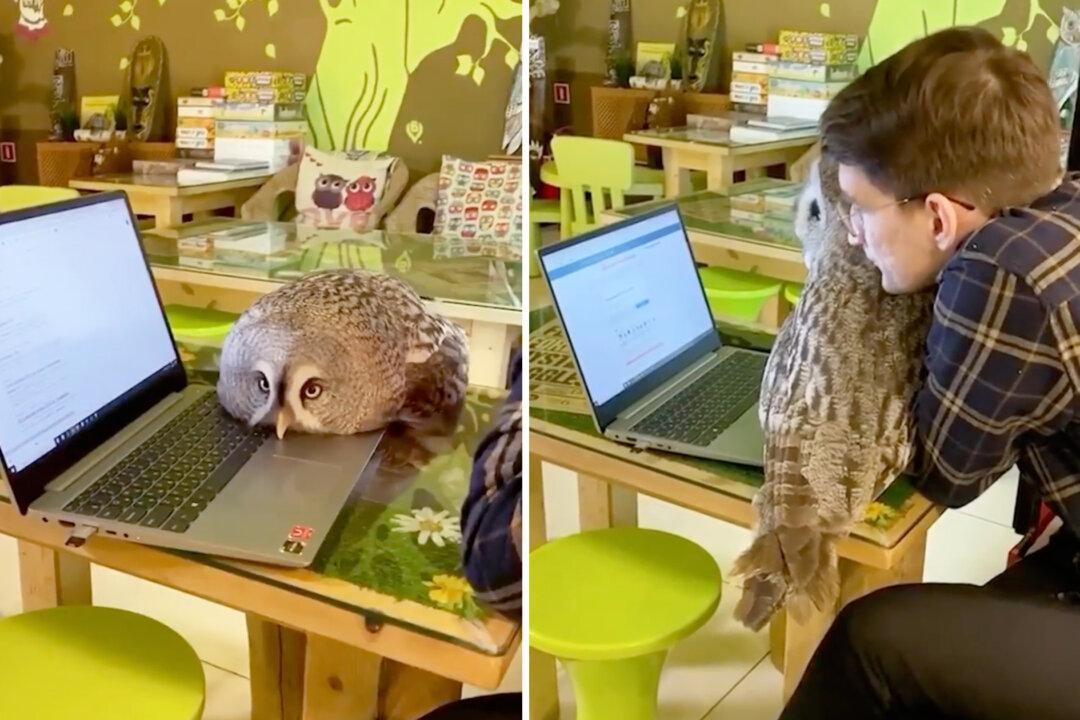A Moscow-based owl café is going viral for the adorable hijinks of its seven resident hooting hombres. Between playing with their toys, grooming customers’ hair, and watching their manager at work, the owls rule the roost in this quirky coffeehouse-cum-sanctuary for feathered friends.
Alexey Pshenitsyn, 28, manages the Owl House, an owl-centric café founded in September 2016 after the idea was born. From a small town in the Tomsk region of Siberia originally, Alexey said the main goal of his café is to educate all guests about owls and promote a respectful attitude toward nature.





